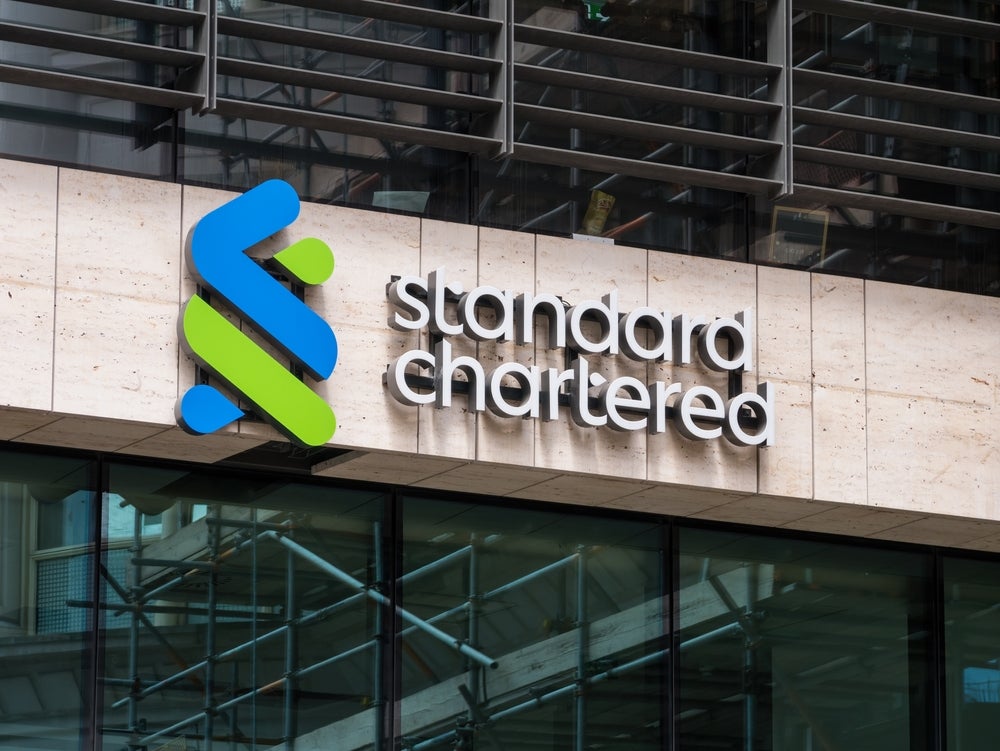
Matthew Howson, a senior associate at Harneys, explains how to unpack the endlessly flexible trust, with help from offshore structures.
So your client has been speaking to his brother, comes to you and says “I want a trust”. You would not be alone if you felt slightly flummoxed by those words. Where do you go from there?
You know that a trust is an arrangement where party A, the trustee, holds the legal ownership in an asset but party B, the beneficiary, has the right to benefit from it. You know the trust is a very flexible arrangement which avoids probate, and that various offshore jurisdictions have combined trusts with tax neutrality and confidentiality to create quite attractive structuring solutions. But as to whether a trust is suitable for that client, what kind of trust and where to put it….
The first step is doubtless to speak to the client’s onshore lawyer. You may think this is obvious but we receive a surprising number of cold “I heard I should get a trust” approaches from otherwise sophisticated clients.
The following will therefore depend on onshore advice. Hopefully, however, it will give you some pointers as to what to think about.
Firstly, which governing law to use? We may be biased but happen to think that the British Virgin Islands (“BVI”) and Cayman Islands are both excellent choices of trust jurisdiction.
How well do you really know your competitors?
Access the most comprehensive Company Profiles on the market, powered by GlobalData. Save hours of research. Gain competitive edge.

Thank you!
Your download email will arrive shortly
Not ready to buy yet? Download a free sample
We are confident about the unique quality of our Company Profiles. However, we want you to make the most beneficial decision for your business, so we offer a free sample that you can download by submitting the below form
By GlobalData- Both are British Overseas Territories. Both draw their lawyers and trust professionals largely from City firms and are on the London barristers’ circuit.
- Both interlink with their other famous asset structures, removing the need to instruct lawyers in two jurisdictions if, for example, a BVI company or Cayman-registered yacht is held within a trust.
- Both are long running financial centres with sophisticated trusts legislation, including firewalls which protect the trust funds from spouses, forced heirs and creditors where the transfers into trust were not made with an intention to defraud them.
- Neither presently has a registry of trusts, though in our compliance-heavy world that could always change and the days of “planning for secrecy” are largely in the past.
Secondly, how to assign the roles? Trustees can be individuals but for residence purposes will often be professional trust companies or even private trust companies for more complex clients. If the client wants to retain a personal link they can appoint their friend or advisor as a protector, a bespoke “watchdog” role.
Thirdly, how to tailor the trust? This will depend on the client’s needs and objectives. Trusts are endlessly flexible but can be broadly classified in a number of ways. There is the trust’s approach to its beneficiaries – its dispositive provisions. Then there is the trust’s approach to investing and managing the trust fund.
How does the client want the trustee to treat the beneficiaries? Perhaps “fixed interest”: for example a trust to allow Mr Lopez’s wife an absolute right to the income and the house during her lifetime, a structure similar to a civil law usufruit. Or “discretionary”: the trustee is given flexibility to distribute among the beneficiaries as they consider best, often guided by a non-binding letter of wishes written by the client. Although this option requires a leap of faith by the client, it is very effective at removing any argument that the client or beneficiaries still retain rights over the trust fund. Or the options can be combined: for the sole benefit of Mr and Mrs Smith during their lifetimes and on discretionary trusts for their children thereafter.
How does the client want the trust fund to be managed? Maybe the trustee should manage it entirely, usually via delegation to an investment manager. This incurs higher fees from professional trustees but some onshore jurisdictions (e.g. South Africa) require it to demonstrate the removal of control from the client. Other clients want to continue managing trust investments themselves, either via bespoke provisions in the trust deed or via specific legislation such as the BVI’s VISTA statute which can be incorporated into the trust.
Finally, does the client want this to take effect during their lifetime at all? Following amnesties in various Latin American countries we are seeing greater experimentation there, and one idea that is growing in popularity is the Will Trust – essentially, a trust written into a (very long) Will which then takes effect on death. This does not avoid probate but does avoid trustee fees during the client’s lifetime. It is used for succession planning. Mr da Silva’s children are uninterested in the business he has built and would he believes sell it off, so he gives it to his brother on discretionary trust. His letter of wishes advises his brother to reward his children for working in the company, and possibly to distribute it to them absolutely if he judges right.







